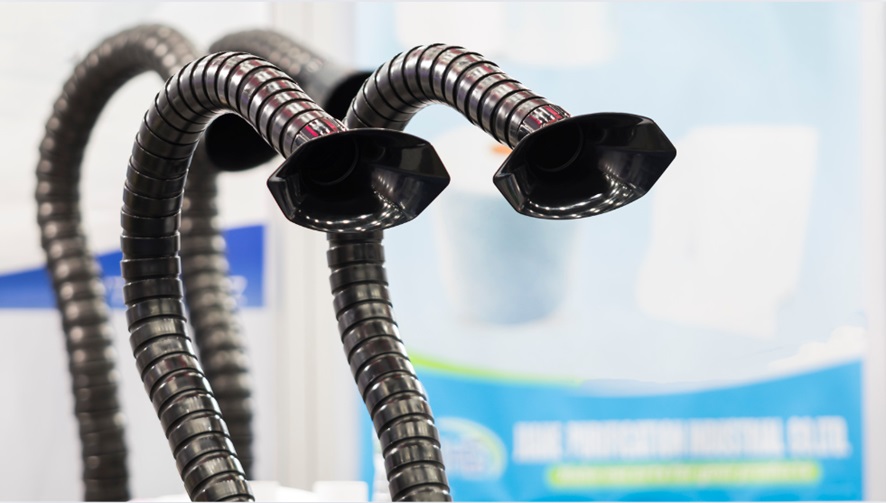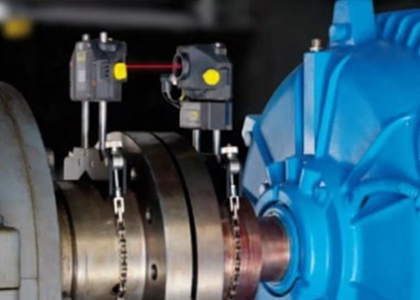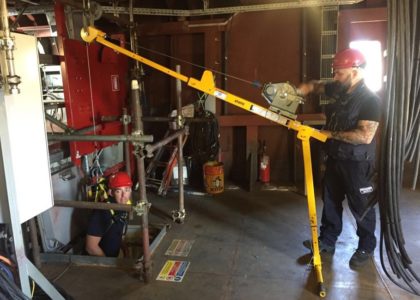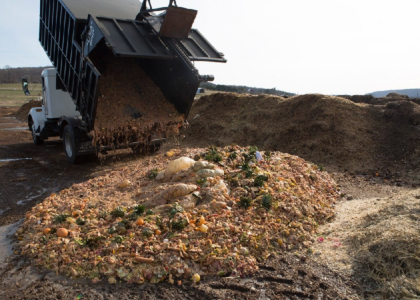Welding is an essential process in many industries, but it comes with inherent risks, particularly from harmful fumes. A portable welding fume extractor is a crucial piece of equipment that helps maintain a safe working environment by removing these hazardous fumes. Proper maintenance of your portable welding fume extractor is vital to ensure its longevity and effectiveness. This article will guide you through the essential steps to keep your extractor in top condition.
Understanding Your Portable Welding Fume Extractor
Before diving into maintenance, it’s important to understand how your portable welding fume extractor works. These devices use a combination of filters and fans to capture and remove welding fumes from the air. The main components typically include:
- Intake hood or nozzle
- Pre-filter
- Main filter (often HEPA)
- Fan or blower
- Control panel
Each of these components requires regular attention to function optimally.
Regular Inspection and Cleaning
The first step in maintaining your portable welding fume extractor is regular inspection and cleaning. This should be done at least weekly or more frequently in high-use environments.
- Check the intake hood for any damage or blockages.
- Inspect all hoses and connections for leaks or wear.
- Clean the exterior of the unit with a damp cloth to remove dust and debris.
- Vacuum the pre-filter to remove large particles.
Filter Maintenance
Filters are the heart of your fume extractor. Proper filter maintenance is crucial for the device’s efficiency.
- Check filter indicators regularly. Most units have a gauge that shows when filters need replacement.
- Replace pre-filters monthly or as needed.
- Main HEPA filters typically last 6-12 months, depending on usage.
- When replacing filters, always wear appropriate personal protective equipment.
Proper filter maintenance ensures optimal performance and extends the life of your extractor.
Motor and Fan Care
The motor and fan are what give your extractor its power. Keep them in good condition with these steps:
- Listen for any unusual noises during operation, which could indicate motor issues.
- Check fan blades for dust buildup and clean gently with compressed air.
- Lubricate motor bearings according to manufacturer specifications.
Electrical System Checks
Safety is paramount when dealing with electrical equipment. Regularly inspect:
- Power cords for fraying or damage
- Control panel for proper function
- Any loose connections or worn wiring
Calibration and Performance Testing
Periodic calibration ensures your extractor is working at peak efficiency:
- Check airflow rates using a flow meter.
- Test capture velocity at the hood to ensure it meets safety standards.
- Verify that alarms and indicators are functioning correctly.
Storage and Transportation
Proper storage and handling between uses can prevent damage:
- Store in a dry, clean area when not in use.
- Use covers to protect from dust and debris.
- Secure properly during transportation to prevent tipping or impact damage.
Training and Documentation
Ensure all operators are trained in proper use and basic maintenance:
- Keep a maintenance log to track all inspections and repairs.
- Review and update maintenance procedures regularly.
- Train new staff on the proper use and care of the equipment.
By following these guidelines, you can significantly extend the life of your portable welding fume extractor and ensure it continues to provide a safe working environment. Remember, while DIY maintenance is important, some tasks may require professional service. Always consult your manufacturer’s guidelines and consider professional servicing for complex issues.
Proper maintenance of your portable welding fume extractor is not just about equipment longevity; it’s about ensuring the health and safety of your workforce. By implementing these practices, you’re investing in a safer, more productive welding environment.





